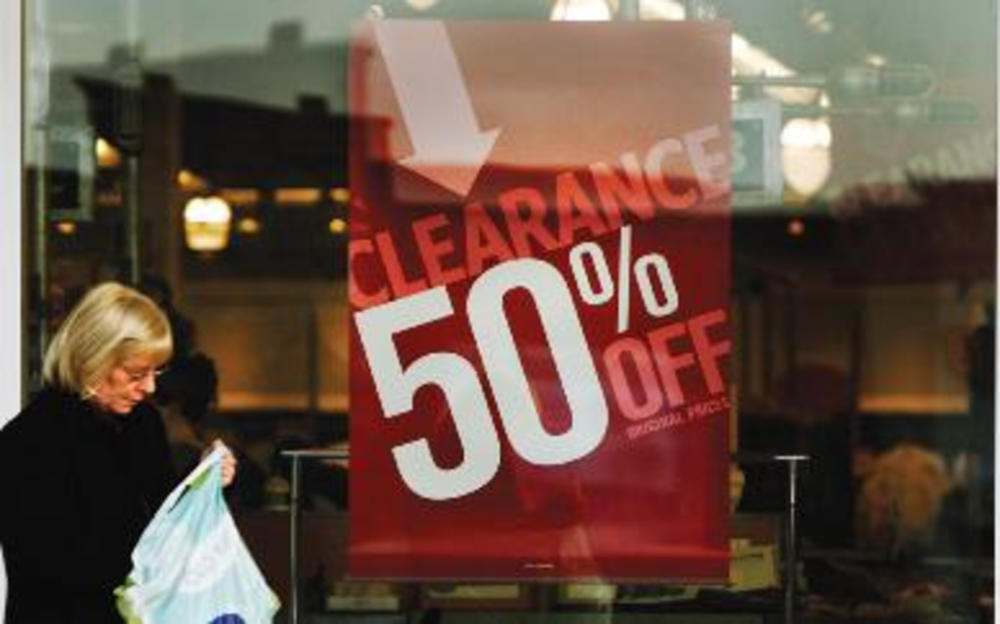Some banks are displaying a lack of confidence in catalog and multichannel retail operations. Several multichannel merchants have closed or warned that they may have to cease operations after financing has dried up.
In the most recent example, cataloger Red Envelope said in a filing with the Securities and Exchange Commission on March 31 that it had been informed by Wells Fargo Retail Finance LLC that the bank would no longer provide the multichannel merchant with the ability to draw on its credit line. As a result, the nine-year-old gifts cataloger said it has insufficient funds to continue operations as a going concern and is currently engaged in discussions with two potential acquirers.
“Banks are getting very skittish, particularly with retail consumer businesses that did not perform very well last year in the fourth quarter,” said Claire Gruppo, managing director at Gruppo, Levey & Co, an investment bank serving the marketing industry.
Cataloger Lillian Vernon also recently suffered in light of this trend when private investment firm and owner Sun Capital said it would no longer fund the company. Soon after, Lillian Vernon filed for Chapter 11 bankruptcy protection and was sold to Taylor Corp. at an auction earlier this month. A similar situation reportedly happened at BlueSky Brands, with its bank refusing to continue to fund the company shortly before it abruptly shut down operations, according to industry sources.
Meanwhile, overall investment in the direct marketing industry was strong in the first quarter of 2008, with a transactional value year-over-year increase of 46%, according to investment firm Petsky Prunier LLC. This was driven in part by businesses’ strong interest in mobile and online marketing, as well as content management.
The investment bank reports a total of 193 transactions involving the marketing, advertising and digital media industries in the first quarter of 2008, compared to 156 transactions during the same period last year. With an estimated aggregate transaction value of $11.4 billion. Petsky Prunier’s Q1 deal notes do not cover investment activity in the catalog marketplace, a sector currently grappling with postal rate and paper price increases and continuing to struggle financially.
“We will see banks simply bail on situations that look more dire and will see them pull back on situations that are more marginal,” Gruppo said.
Typically, when a company finds that it is beginning to run out of money, a debtor-in-possession lender will step in to provide financing while a company tries to regain solvency under Chapter 11 bankruptcy protection. However, because of the current economic environment, these lenders “are being somewhat reticent to step in,” Gruppo said.
Under these circumstances, a business’ existing bank has the option to step in and provide additional financing or not. Many are nervous to do so. The situation is not likely to change any time soon.
This means there may be more bankruptcy filings, like the one expected this week from Linens & Things. As of April 11, reports that the company would seek bankruptcy protection were unconfirmed. The company saw a net loss of $62 million in Q4 of 2007. It reported a 0.6% increase in sales during the same quarter.
“In an economic environment like this, the weaker performers can’t sustain the increased cost structure and the lower sales, and their lenders aren’t going to tough it out with them,” Gruppo said. “The rest of the year isn’t going to be pretty.”
In fact, March same-store sales fell by 0.5% year-over-year at US chain stores, according to the International Council of Shopping Centers’ index. However the council predicted that April sales will increase from 2%-2.5% despite waning consumer confidence in the economy.
Michael Sherman, senior advisor at investment bank Peter Solomon, also thinks the worst may already be over.
The majority of multichannel merchants make their profit during the holiday season, so when holiday sales are soft — as this 2007’s were — it can be tough for some retailers to hang on until the next holiday season rolls around.
“The banks have seen all the results from last year by now,” said Sherman.
When combined with the fact that last year catalogers faced a significant postage increase, rising paper costs, it becomes easy to see why so many retailers can’t simply ride out this situation.
“This is a challenging environment and if you’re a struggling retailer, the banks are certainly not making it easier for you,” Sherman said.
While in some environments, the banks will continue to lend businesses money when they need it, right now “banks are more risk-averse than they’ve been in a while,” he added.
That means that the retailers that will survive rising costs, consumers who aren’t buying and risk-averse banks are those that are properly capitalized and have a strong balance sheet, Sherman said.






